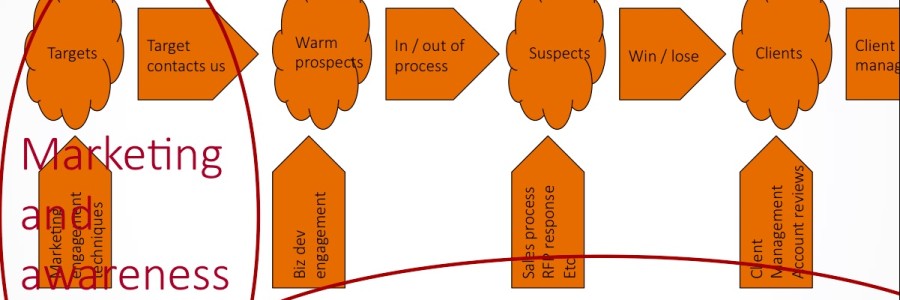A clear value proposition helps a business articulate with clarity what it does, who it does it for and what’s different about the way it does it. It’s concise and most importantly based on what your customers actually think about your product or service, not what you, the business owner, think they should think.
Step 1. – Listen to your customers
Get to know what your customers really think. Do some research, online, by phone, use a third party, maybe just talk to them, however you choose, just make sure you’re really listening to them. You want the unvarnished truth, the details, the experience and you have to do your best to forget your own views of how wonderful your product is and not let your views get in the way of what your customers are actually saying.
Step 2. – Develop your proposition
Develop your proposition, by reviewing the feedback you have and building a series of statements that answer these simple questions:
- What is the service I offer?
- Who do I serve with it?
- What are the benefits my customers get from my product?
- Why is it better than what my competition offer?
Step 3. – Test your proposition
Test your proposition. With your team, with friends, with business acquaintances, with customers. Make sure it fits, it helps people to understand what you do and why you’re right for them. Listen to the feedback and modify as necessary until you have it right.
In a larger organisation there may be many more phases, but in essence these three are the key.
Now, armed with your new proposition you can look at how you express your business to your market and see whether your sales pitch, website etc. need updating. Remember your proposition probably isn’t something that you quote word for word, or paste all over your web site. It’s the foundation from which you build your marketing and sales materials.
Now you have a value proposition, you have a story that helps your sales team sell, helps your marketers market and makes choosing you the right choice for your customers.





